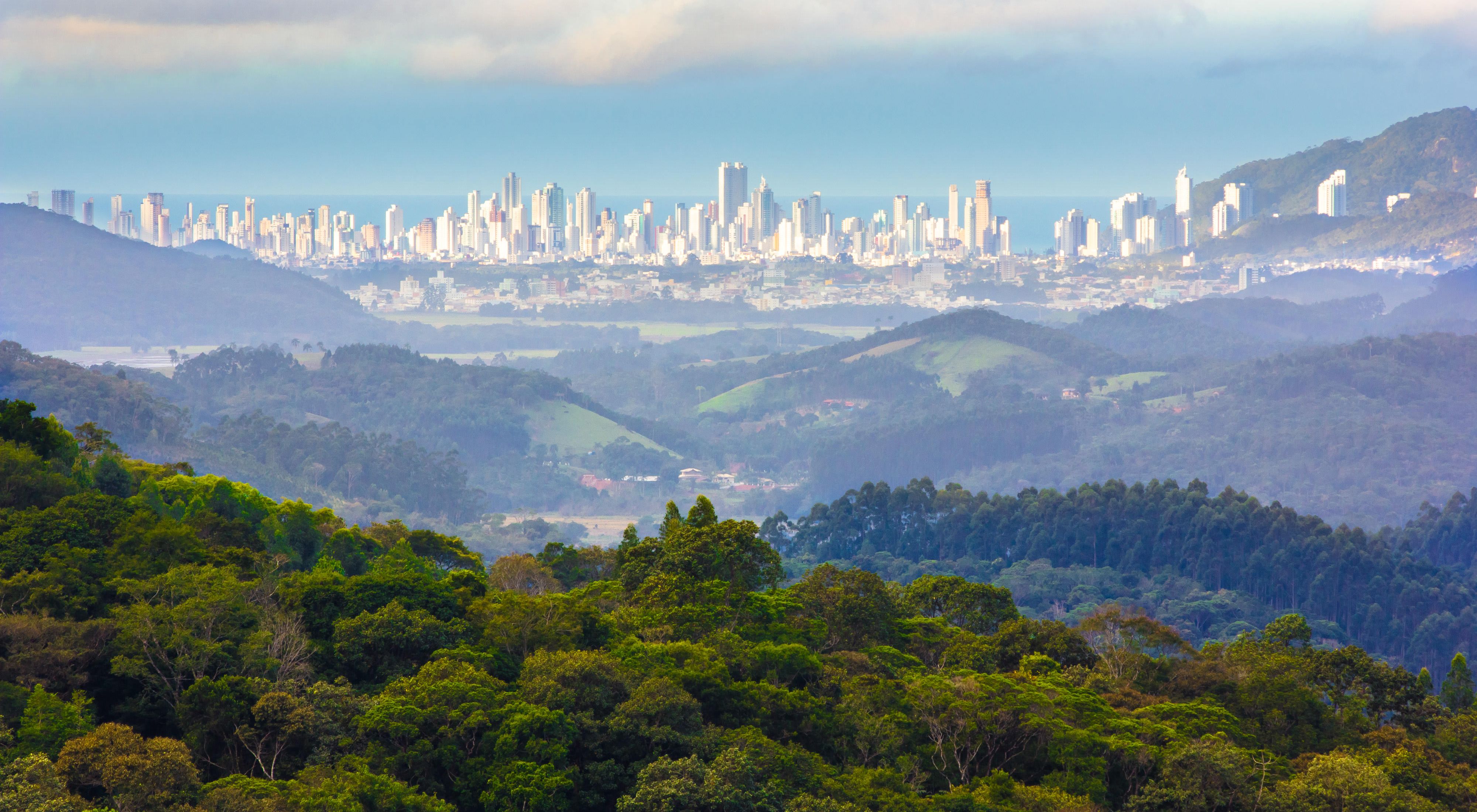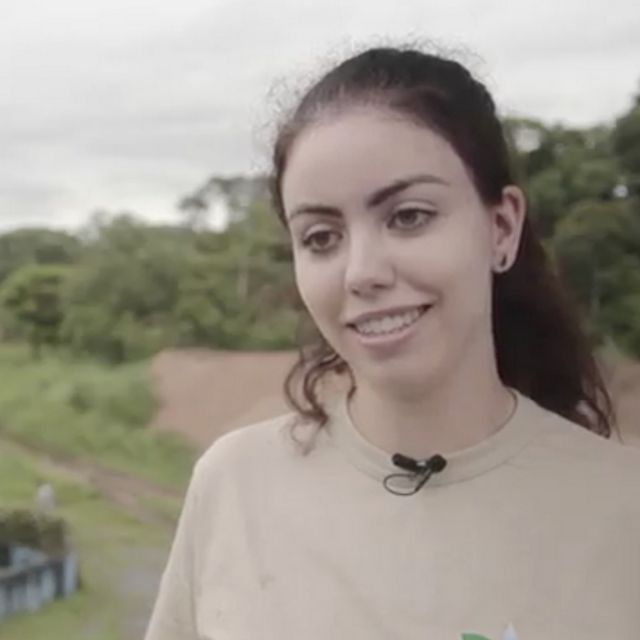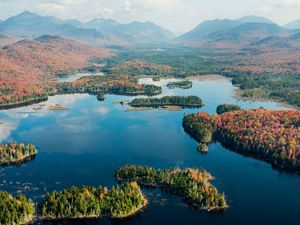How to Assess the Return on Investment in Watershed Conservation
New study explores Brazil’s Camboriú River Watershed
Preserving and restoring water quality is a major concern for cities around the world. In many cities, urban population growth and degradation of municipal water supplies has increased drinking water treatment costs.
Natural solutions to restore source watersheds can reverse this trend, and may be a cost-effective approach for cities to reduce treatment costs while enhancing supply resiliency and protecting biodiversity, among other co-benefits.
Around the world there are a growing number of contractual arrangements—sometimes called “water funds”—between municipal water companies and upstream land owners, aimed at improving source water quality and quantity. Yet the potential for cost-effective watershed protection is much larger. Mobilizing the investments needed to realize this potential hinges in part on the business case for water users—that is, the competitiveness of watershed conservation programs with conventional engineering solutions.
Yet credible economic assessments of watershed conservation or restoration are almost entirely absent from the literature, leaving the business case for watershed conservation an important yet largely unanswered question. Likewise, those interested in evaluating the business case in their own geography lack the examples and tools to do so in a robust manner.
Remedying the situation requires a rigorous analytical framework to assess the return on investment of watershed conservation. The Nature Conservancy—in collaboration with Stanford University, EPAGRI-CIRAM and EMASA—recently conducted such an analysis of a payment for watershed ecosystem services (PWS) program in Santa Catarina State, Brazil.
Download the Report
- English (.pdf)
- Spanish (.pdf)
- Portuguese (.pdf)
The case of Camboriú River Watershed
Balneário Camboriú in Santa Catarina state is a famous beach destination in southeastern Brazil that attracts increasing numbers of both domestic and international visitors. As a result of the booming tourism and civil construction sectors that now dominate the local economy, the combined population of Balneário Camboriú and neighboring Camboriú city, approximately 200,000 year-round, now swells to more than 800,000 during the summer high season.
Both municipalities count on the Camboriú River as a reliable low-cost source of drinking water supply. However, the increasing demand, especially during the summer tourist high season, severely stresses this supply.
Confronting this reality, the Balneário Camboriú Water Company, EMASA (which supplies both municipalities), evaluated options for securing sufficient future water supply. These include storing water in the watershed through flooding of native forest and agricultural lands; transferring water from a neighboring watershed characterized by substantially lower water quality that would necessitate advanced treatment; and conserving and restoring natural lands in the Camboriú watershed to maintain the high-quality water supply historically provided by the Camboriú River.
Because of the high projected costs of the first two options and the promising results of initial feasibility assessments of the third, EMASA decided to first invest in protecting remaining natural forests and restoring degraded areas with high sediment loading to reduce treatment water losses and costs. Should this prove insufficient to achieve a reliable water supply, investments in the other two grey infrastructure options will need to be considered.
To implement the watershed conservation strategy, in 2013 EMASA created the Camboriú Payments for Watershed Service (PWS) project in partnership with The Nature Conservancy, the municipalities of Balneário Camboriú and Camboriú, the Camboriú Watershed Committee, the State Public Services and Sanitation Regulatory Agency (ARESC), the National Water Agency (ANA) and the Santa Catarina State’s Environmental Information and Hydrometeorology Center (EPAGRI-CIRAM).
This new study models land change in the watershed with and without the PWS program and provides a template for how to assess the business case of other similar programs. It also highlights the fact that the business case for a given watershed conservation program for a particular investor can depend on the broader social-economic case, and on the ability to forge institutional arrangements that allow for internalizing the value of the multiple benefits watershed conservation produces for diverse stakeholders. The finding that co-benefits accrue to stakeholders beyond EMASA alone, built the argument for the incorporation of watershed conservation costs into the water tariff cost composition. Such a financial mechanism represents a groundbreaking shift in the concept of “core business” in the sanitation sector and projects a brighter future for water security in Brazil and Latin America.
Learn more about the Camboriú study by downloading the full document below (you can also download it in Spanish or in Portuguese), and link to broader findings on the co-benefits of source water protection in the recent Beyond the Source report.



